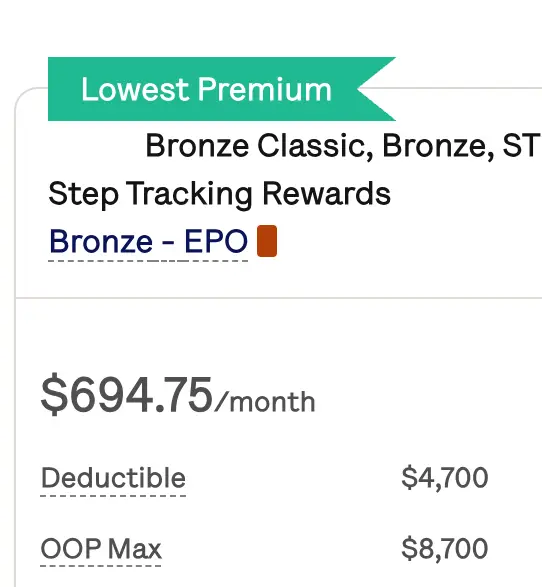When to See a Dermatologist and Ways to Treat Acne at Home
If your acne is affecting your mental health, consider seeing a dermatologist who can help treat your acne. Acne affects up to 50 million individuals in the U.S. It is caused by hormonal factors and environmental factors and can impact your physical, mental, and emotional health as well. There is an abundance of over-the-counter acne products and home remedies that help treat mild to moderate acne.
When to See a Dermatologist for Ance
You do not need to have serious acne to see a dermatologist. If nothing seems to be working and it is affecting your mental health, you may want to see a dermatologist. According to the American Academy of Dermatology Association, consider seeing a dermatologist for your acne if:
- You’ve tried multiple OTC products but nothing seems to be working.
- Your acne clears, but then you break out again
- You have pimple-like bumps in unusual places (ex: armpits, groin, thighs)
- Your first blemish appeared between 8 and 11 years of age
- You have deep painful acne
- You have had acne for years and are unsure why you still have it
- You want to hide your face or feel depressed, anxious, or less interested in socializing since you’ve had acne
- You started taking a new medication within the last 6 months now have breakouts
- As your acne clears, you can see scars or dark spots
- You’ve cleared the acne on your face but nothing seems to clear your back or chest
Hormonal Acne
While most people associate acne with adolescents, hormonal acne is very common in adults over 25, particularly in women due to hormones, and predominantly affects the lower part of the face. Dr. Grande notes that about one-third of her acne patients have hormonal acne, which is different from the type you have when you’re a teenager. Signs of hormonal ance include:
- Whiteheads
- Blackheads
- Papules (small red and painful bumps)
- Pimples (pus-filled papules)
- Nodules (big, firm, and painful lumps under the skin)
- Cysts (deep, painful, pus-filled bumps under the skin)
- In addition to acne, you also have irregular periods or hair loss
OTC acne treatment fails to treat hormonal acne because it is so deep. If you think you have hormonal acne, consult with a dermatologist to review your hormonal status, stress levels, and discuss treatment.
On average, a dermatologist visit will cost about $221 but will range depending on various factors such as location of provider, what you are being treated for, prescribed medications, and any additional tests that are conducted during your appointment. Without insurance, the cost of visiting a dermatologist can be daunting, especially if you need prescriptions to maintain healthy skin. Mira can help cut costs by providing up to 80% off on over 1000 prescriptions.
Why it is Important to See a Dermatologist for Acne
You do not need to have severe acne in order to see a dermatologist. Even if your acne is not severe, it can still profoundly impact your mental health. Acne can affect your self-esteem, mood, appetite, and confidence. It is also important to treat acne early to prevent it from getting worse, progressing to deep or large acne cysts and nodules that can burst and harm the surrounding skin.

Get affordable doctor copay without paying insurance premiums
Join 39,000 people and get Mira, the best alternative to traditional insurance. Enroll and use immediately. Plans start at only $45/mo.
Erica graduated from Emory University in Atlanta with a BS in environmental science and a minor in English and is on track to graduate with her Master's in Public Health. She is passionate about health equity, women's health, and how the environment impacts public health.
